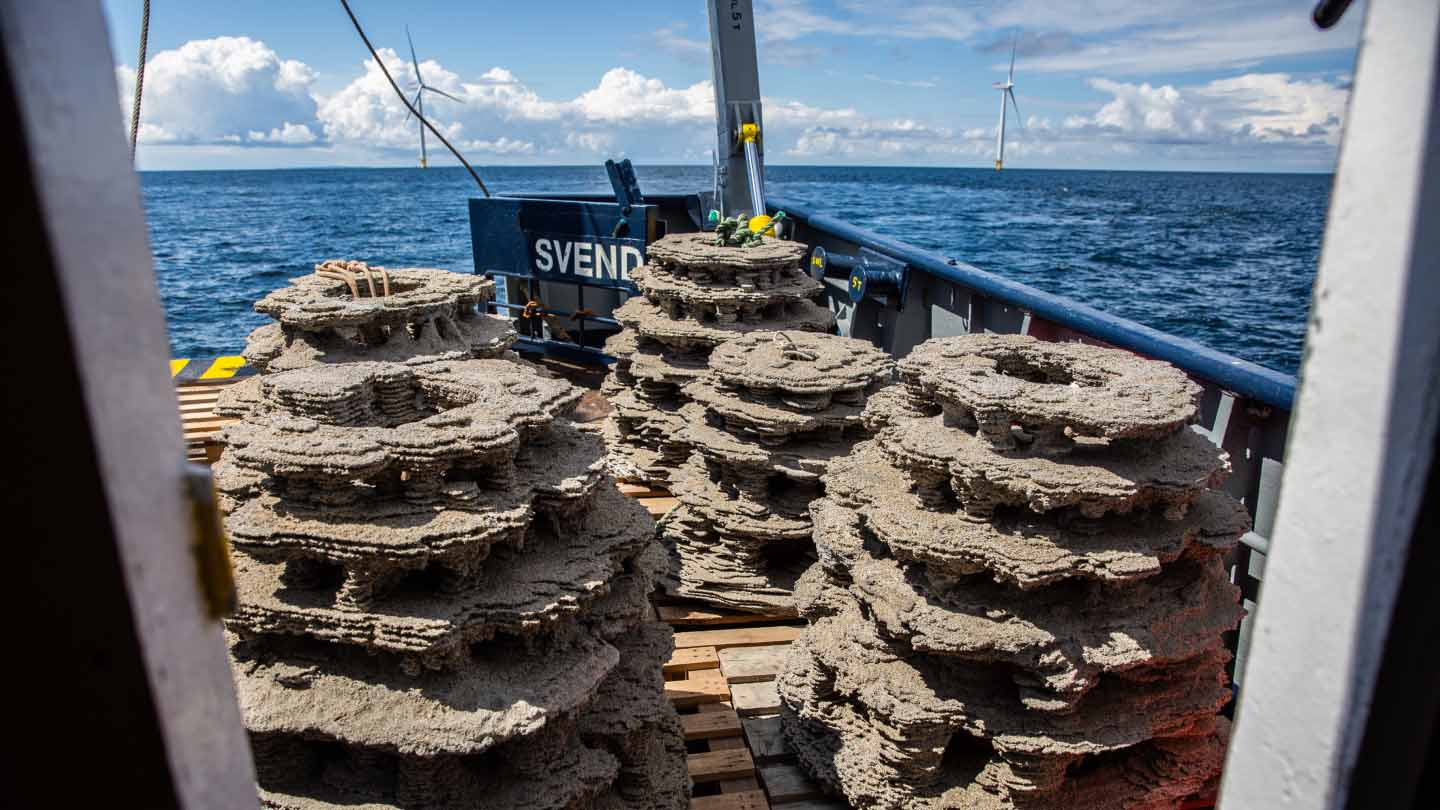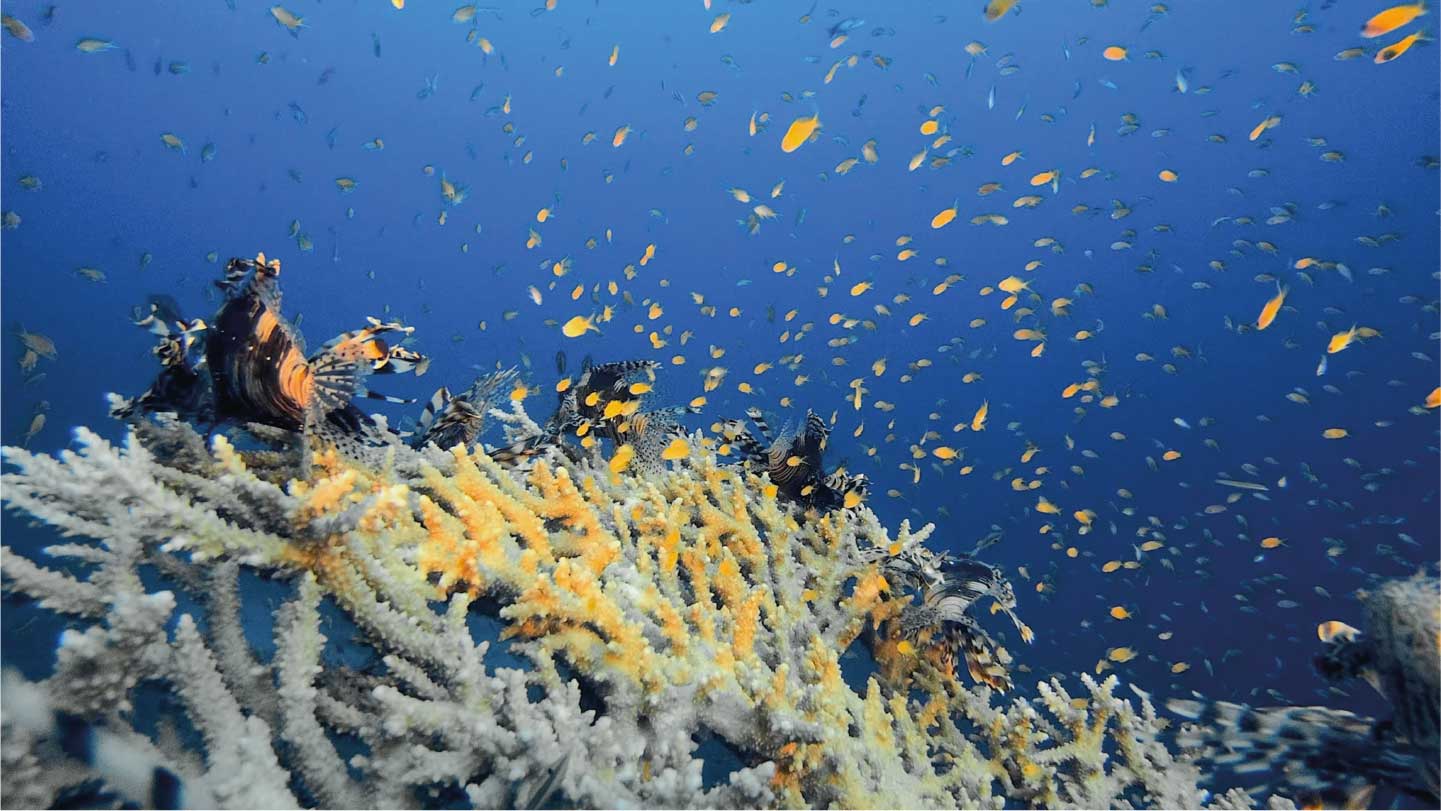How are we catalysing the recovery of the European flat oyster?
Collecting adult oysters to produce oyster larvae
First, we collect adult oysters from Oosterschelde – the eastern estuary of the Schelde which flows into Voordelta. The collected oysters are used as a broodstock in a hatchery. The broodstock is used to produce oyster larvae.
Placing the oysters on old shells
After around two weeks the oyster larvae change into ‘spats’. At this stage we place the small oysters, now juveniles, on old shells at our restoration sites. The old shells come from France. In 2025 the first local shells will be used in this project, as we are working on a system to collect oyster shells from Dutch restaurants project called Help With Shells.
Deploying the spat-on-shell at the test sites
Once the spat-on-shell has grown strong enough, after two to three weeks, it is deployed at the test sites. This is done with protected cages, called oyster cradles. The oyster cradles are designed to protect the oysters from the harsh conditions of the North Sea and predators until they have grown into adults and are reproducing. At that stage, the cradles will have deteriorated.
So far, we have deployed 15m3 of spat-on-shell at the two sites, Voordelta and Borkum Stones. Results from monitoring will help us understand the growth, survival and reproduction of the oysters. Monitoring will also help us determine how to upscale the cradle for application in a larger seascape. Broader ecological effects and success of the recovery of the reef can be measured at a later stage.





